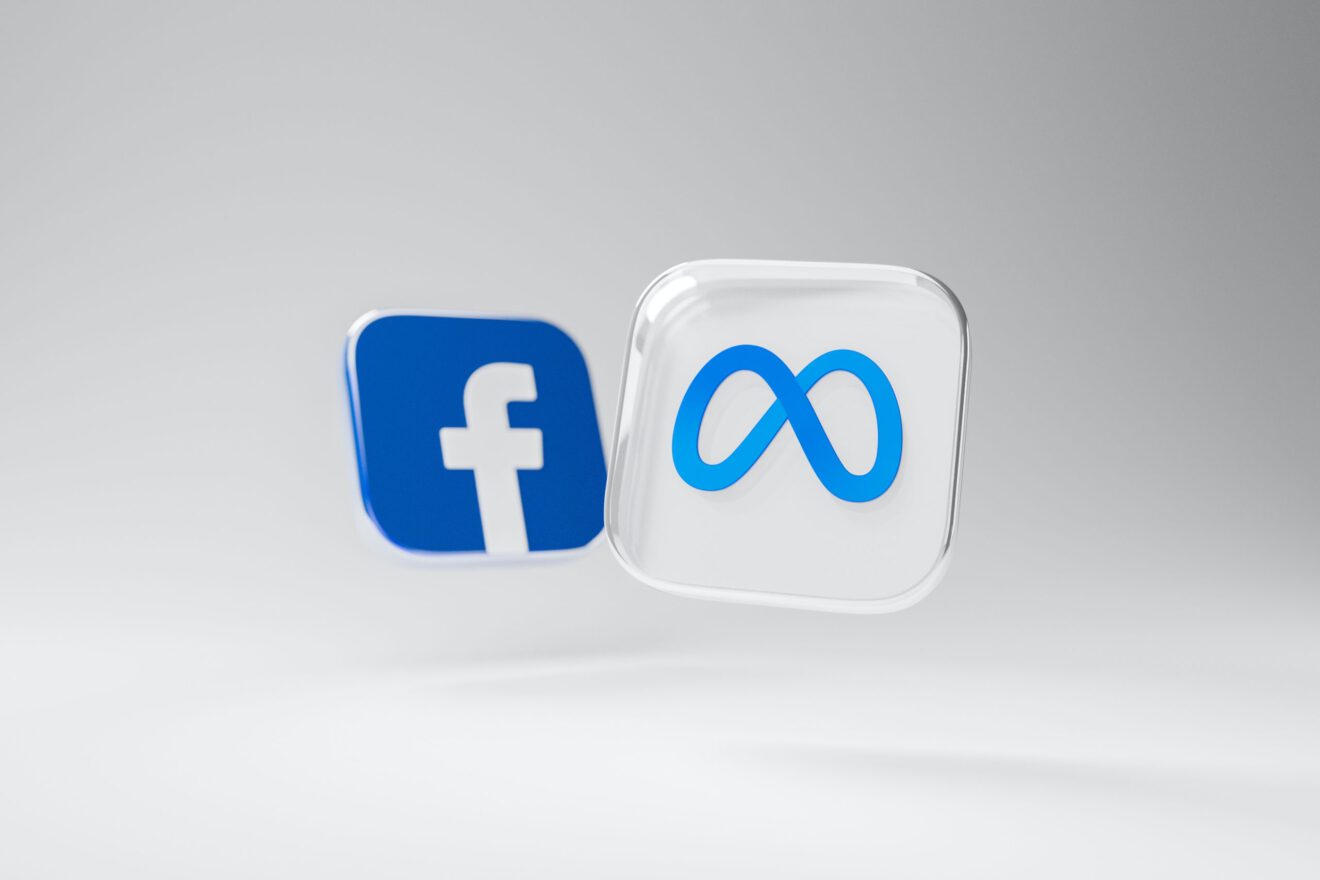Meta published a “Community for Brands Playbook” this month to help marketers drive engagement and brand loyalty through its social community tools. It recognizes how more brands are seeing the value in developing and engaging communities to connect more meaningfully with social media audiences.
More than 1.8 billion people use Facebook groups globally, according to the Governance Lab. Other social platforms are offering community building features as well, including Twitter and Meta-owned WhatsApp.
Patrick Hanlon, CEO of primalbranding.co, recently wrote about the importance of communities for brands. He encouraged marketers to enable their brand narratives to be shaped by social communities who share the same beliefs, values and interests.
“Marketers may imagine that their brand is an idea under their control. But in reality, it’s a community of people who share the same beliefs,” Hanlon wrote for SmartBrief, adding, “When approached this way, that community can springboard into shared purpose, awareness, advocacy and growth.”
Meta’s 39-page guide is divided into six sections and offers useful pointers on developing a social community strategy, but the sections on community tools and case studies contain the most valuable, actionable information for marketers. Here’s what you need to know:
Marketing uses for Meta’s community tools
Polls: You can use this feature on Instagram or Facebook to interact with your community. Polls can be a playful way to engage and entertain communities, a springboard to gain feedback on products and services, or a way to spark conversations about content.
Q&A: Live sessions can help you engage with your community and build trust. Sessions can be hosted by influencers, industry experts, executives from your brand or even members of your community.
Guides: Help your community find information by curating it into easily digestible guides. This feature can turn community content into a seamless experience for users, and can amplify your most valuable brand content – such as case studies, how-to guides and testimonials.
Events: Facebook Live, Audio Rooms and Messenger Rooms offer different ways to engage in real-time with your community. Host interesting conversations in Audio Rooms, enable your community to meet face-to-face in Messenger Rooms and consider Facebook Live for kicking off virtual events.
How brands are using Meta for marketing
The playbook offers several case studies of brands that have developed social communities not only to boost engagement and loyalty, but also to design better services and products.
Marriott built a Marriott Bonvoy Insiders community on Facebook that has attracted more than 100,000 members since its launch in April 2020. The community consists of brand fans who provide feedback on its loyalty program and connect to share travel insights and tips.
Claussen Pickles took a different approach and connected with an existing Pickle Lovers Unite Facebook Group, which has 70,000 members. The brand, with agency VMLY&R, used social listening to spot a post from a community member about her pickles mysteriously disappearing from her communal refrigerator at the office. The brand and agency responded by creating a bespoke branded refrigerator with a lock for the member, and offered others in the community the chance to win one.
Meta’s community building tips for marketers
The playbook offers three main tips for marketers who are considering social communities as a way to engage audiences:
1. Answer the “why:” People need a compelling reason to join the community and should get some value out of it.
2. Foster engagement: Members should be able to connect with others and your brand in ways that are meaningful.
3. Encourage growth: Offer members a way to help spread the word about what they love about the community you’ve built, so that they can help you grow it.
Subscribe to our free newsletter to get the latest marketing news and insights direct to your inbox.
